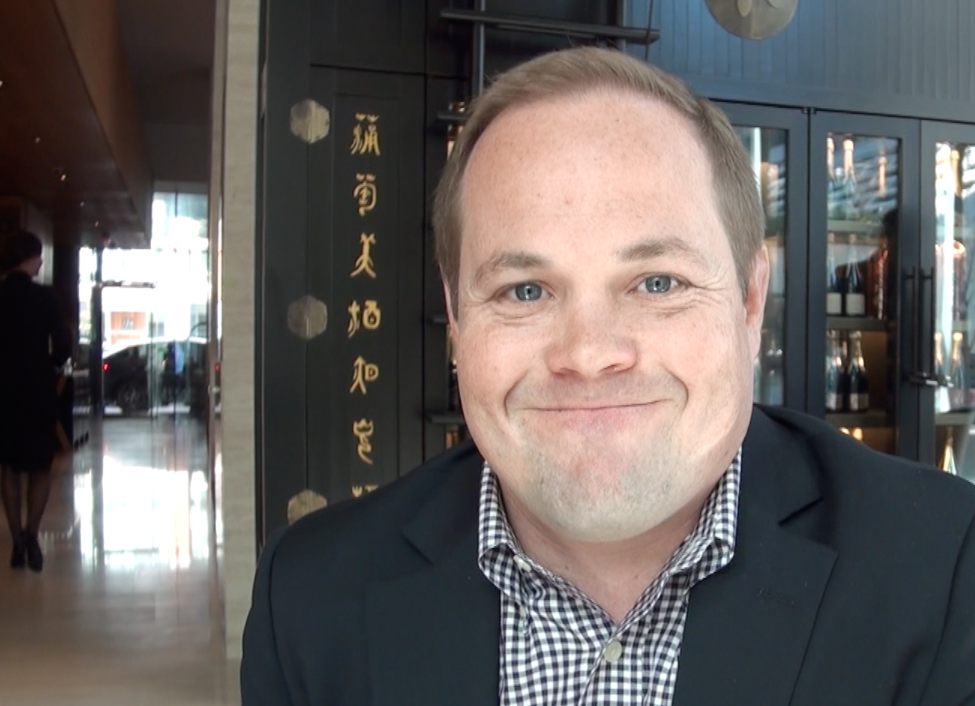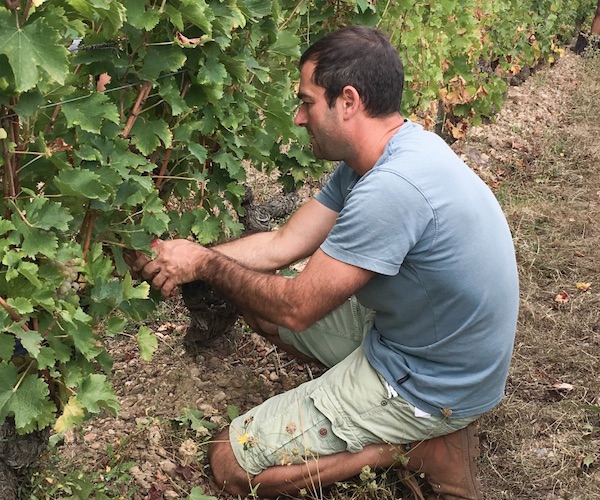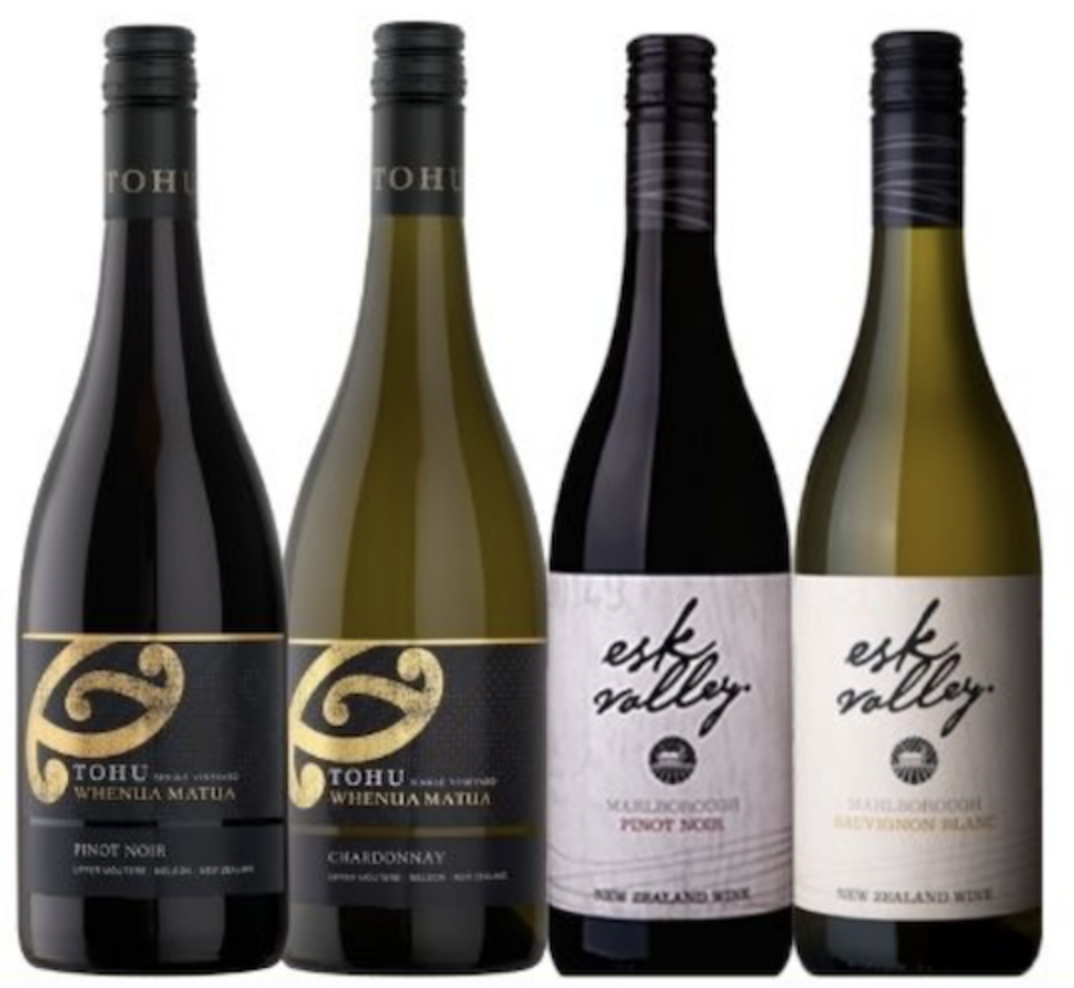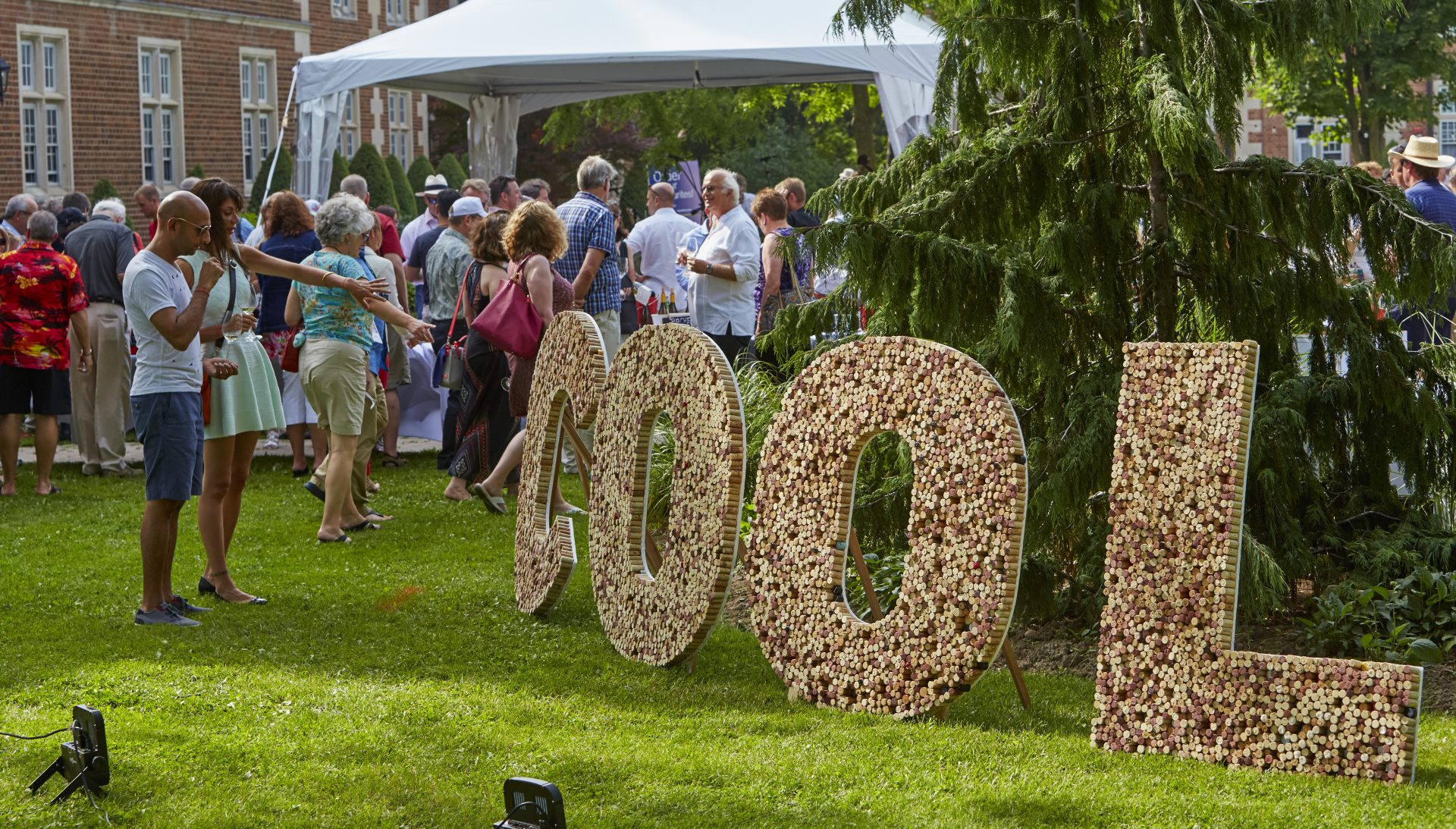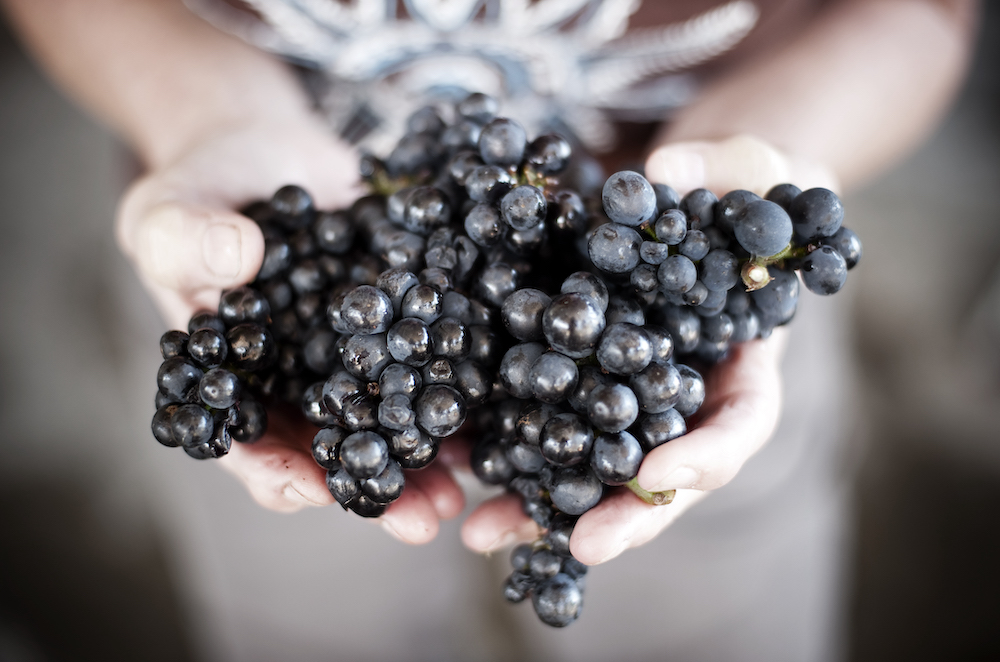
Credit: NZW Inc. Gladstone Vineyard
The Folly Of (Relative) Youth
It’s hard for me to comprehend that it was eleven years ago in January that I attended the Wellington Pinot Noir conference with Steven Campbell and a team from Lifford. We travelled to Hawkes Bay, Martinborough, Wellington, Marlborough, and down to Central Otago, taking in extensive tastings with Craggy Range, Ata Rangi, Staete Landt, Carrick, Felton Road, as well as the staggeringly expansive range of Pinots available for tasting both on and off program at the conference.
Coming off that trial-by-vinous-fire trip, I distinctly remember feeling that I understood all there was to know about Pinot Noir from New Zealand, and had confidence that I was more than capable of identifying wines from all regions in a blind lineup. In retrospect, my naivety was laughable, but thinking upon this over the past few weeks leading up to International Pinot Noir Day has made me realise just how much New Zealand Pinot Noir has evolved in little over a decade. And there is a good reason for that…
There are now some 5,500 to 6,000 hectares of Pinot Noir planted in NZ, and so one could say that the country has been at the Pinot Noir game in a rather fast-and-furious fashion, as this process only really began 30 years ago. Yes, that laborious process of starting from nothing, trialling, pulling out all the wrong clones on all the wrong soils, starting again, trialling again, and repeating said cycle over and over again, albeit on a lesser scale each rerun, only goes back some 30 years. To put this into perspective, over the past 100+ years Burgundy has planted somewhere near 10,500 hectares of Pinot Noir, and in a mere three decades New Zealand now have half of Burgundy’s Pinot area under vine to the same grape.
Has this post-Sideways (2004… and, for the record, a simply terrible film) “rush to market” (as we have seen also in California, Oregon, Canada, and many other spots around the world) been detrimental to the overall quality of the wines produced? Has there been too big a hurry to grow, make, bottle, and sell this wine? Some would accuse growers and winemakers of still being in an almost exploitative mindset surrounding this grape, and this can often lead to confusion for the consumer regarding style, price point, origin, etc. With so many Pinot Noirs out there, what would it take to differentiate the Pinot Noirs of New Zealand from what is an undeniably crowded market, especially at the medium to medium-high end?
With New Zealand (read: Marlborough) Sauvignon Blanc the marketing proposition was relatively simple as it has such a distinctive USP: open a bottle in the corner of a room and most drinkers will recognise the unique aromatics form afar. New Zealand Pinot Noir on the other hand, is a bit more of a challenge, as so many regions produce good wines, all with their own unique characteristics and aromatic/flavour profiles.
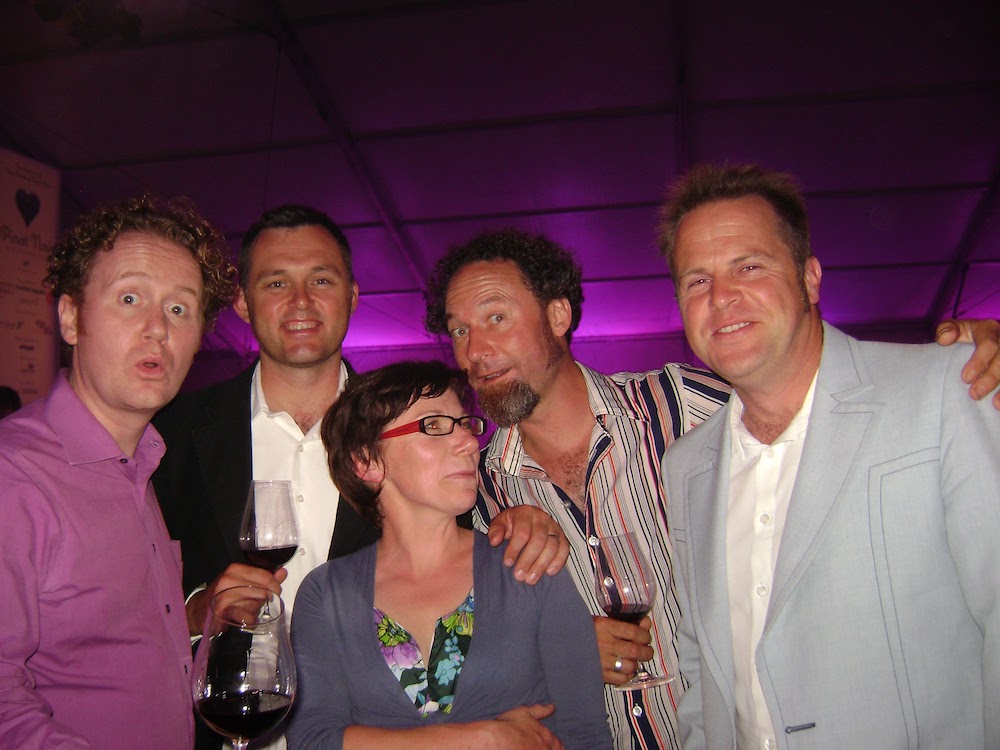
2010 Pinot Noir Conference, Wellington, NZ. The author as a young(-ish) pup thinking he knew all there was to know about NZ Pinot Noir… and how wrong he was.
So Just What Is The “State Of The Nation” When It Comes To New Zealand Pinot Noir Today?
Winemaker Nicholas Brown from Black Estate, North Canterbury tells me that as many winemakers from all over the country now have confidence in New Zealand being capable of making terrific Pinot Noir, they are asking themselves where they are going and what they really want to do with this, as great things could be happening. He feels that it’s globally acknowledged that New Zealand Pinots are really well made, showing good fruit, purity, and vibrancy, but what’s next? What will it take to find that X factor that lifts the wines from good to great? And the answer to that question is very different depending upon whom one asks…
Alice Rule of the carbon-negative 3Sixty2 Wines project sees one of the major changes as being a great deal more maturity and sophistication in both the market and in winemaking; people now have an understanding of what truly great New Zealand Pinot Noir can be. In her region of Marlborough she sees a gradual, and much needed, shift from the wine “commodity market” that was established through the seemingly endless global love of Kiwi Sauvignon Blanc, into a real focus upon quality and authenticity, propelled by the pioneering work of smaller producers; she feels that Pinot Noir is the grape driving this transition, and within the next decade will become a major player on the world stage, particularly those from Marlborough.
A Question Of (Sub) Subregional Diversity
Ten years ago I was foolish enough to think that I understood exactly what each region brought to the glass of Pinot Noir; today I’m decidedly unsure, and for good reason.
Now, sure, one could speak of the vibrant acidity and definition of fruit of Central, the savoury tannins of Martinborough, the way that Waipara Pinots kind of sit right in the middle, the nascent lighter structure and delicacy of Hawkes Bay, and the like, but those are some pretty broad strokes, especially today, when winemakers have much more detailed understandings of the vast and complex tapestries of soils and climatic conditions that make up New Zealand vineyards. It’s getting confusing as to where any one glass of Pinot comes from as winemakers are seriously digging down in an attempt to express the land in the glass, and that’s before we even mention the winemaker’s hand (more on that below).
While regional or sub-regional Pinot blends are certainly a more reliable proposition for New Zealand’s export markets, the definition and focus of some of the country’s smaller volume single-vineyard bottlings more than give the hallowed clos of Burgundy a run for their money.
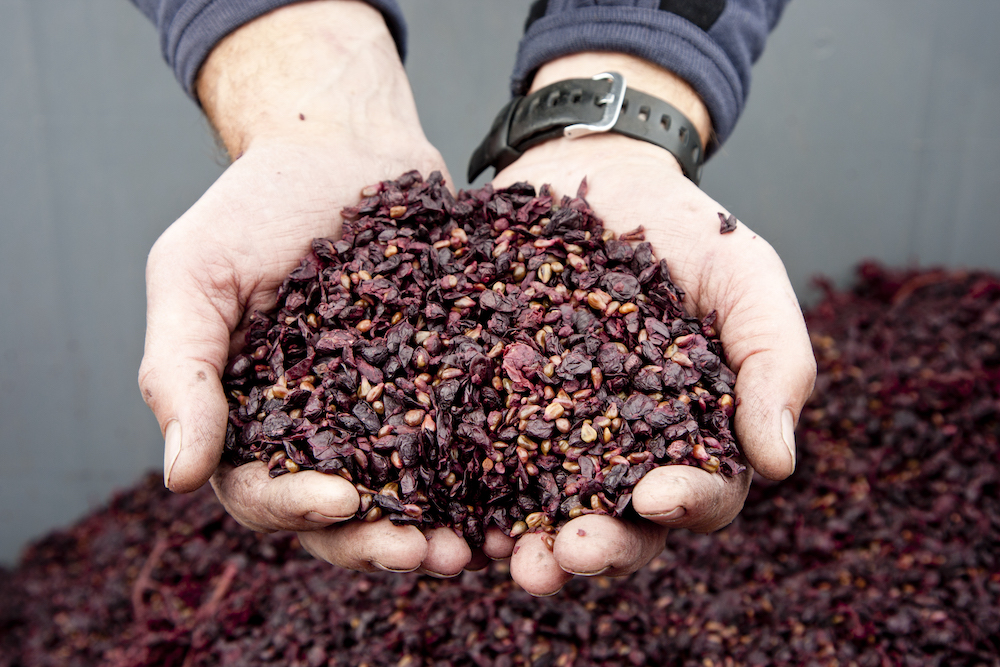
Credit: NZW Inc Giesen
It Ain’t What You Do (It’s The Way That You Do It)
Now it would be remiss if we weren’t to discuss winemaking intervention here, as this can have a hugely significant impact upon the style and character of a wine born of Pinot Noir fruit, both aromatically and on the palate.
In 2021, a Pinot Noir winemaker’s potential arsenal is pretty expansive: site-specific clonal/rootstock combos vs. Massale selections (today, clonal availability has led to much better plant material, read: smaller, loose and open bunches), fruit preparation (just berries, berries and some stems, or whole bunch), cold soak (a question not only of temperature and time, but pre or post ferment), yeasts (wild/natural yeasts/Pied de Cuve, or inoculation with extremely specific commercial strains/combos), cap management (hand plunge/punch-down, pump-over/remontage, compressed air/pneumatage, etc.), choice of fermentation and/or ageing vessel (stainless steel, concrete, large or small barrel, amphorae, etc.), the myriad combinations and variables with barrels (size, type, age, toast, origin. etc.), and of course the still-zeitgeisty to-sulfur-or-not-to-sulfur (and if so, when should it be done) question.
The subject of cold soak, usually the pre-ferment maceration over the first days after the grapes arrive in the winery, can be a contentious issue. Some winemakers believe that 12º celsius is cold, while some try to get as close to 0º as possible. And then there is the duration, which can vary from five days days to “as long as I can get away with”… and that’s not even touching upon doing the same post ferment.
Staete Landt‘s Ruud Maasdam tells me of his personal evolution when it comes to this topic: “My beliefs regarding cold soak (and all stages after) have changed during the last 20 years, from long (20 – 30 days) post-fermentation-maceration to more (less oxidative) fruit-driven (and fresher) decision making. All of this has been driven by having access to grapes from different locations (sub-appellations). We need flexibility and time, more time, more years to play… that will allow me find out what’s best for which clone from which site… it never ends.”
The more I speak with New Zealand Pinot producers, the more I hear that the biggest enemy of New Zealand Pinot Noir has historically been over extraction, something that I have witnessed being seriously reined in over the last decade; those that choose to push for more extraction are thankfully few and far between these days.
Nicholas Brown pauses for a moment when I ask him just why Marlborough Pinots have risen to such prominence over the past decade. Whilst recognising that there are some extremely technical (and exceptional) Sauvignon Blancs being made today, he feels that it took Marlborough producers quite some time to get their heads around the more technical aspects of vinifying the Pinot Noir grape, as if one were to attempt to make it like a Sauvignon Blanc, the results would be less than satisfactory. Although it took a bit of a shift for growers/winemakers to understand that Pinot could be made really well there, they began to get tuned into every one of their ferments, essential when it comes to the crafting of great Pinot Noir.
The configuration of vineyards was altered, with higher vine density leading to lower yields per plant, but higher yields per hectare, and moves were undertaken to get roots out of the topsoil and have them dive deeper for magic in order to draw more uniqueness from their vineyards. Although some great Pinots are produced on gravel soils of the valley floor, much Pinot sourcing moved to the Southern Valleys, where one finds those clay hillside vineyards that can make for the most enchanting of wines, as Pinot Noir prefers those textured soils that give it a satisfying mid-palate and a bit of density.
Quartz Reef winemaker Rudi Bauer notes that Marlborough obviously had sizeable winemaking infrastructure in place, and so when they put their mind to making the best Pinots they could, they achieved quite remarkable results. These new Marlborough Pinots are at pretty good pricepoints too, as Central Otago has to crop at around 5 tons per hectare because it is a cooler region, whereas up at the north end of the island yields of almost double this (or often more) are not uncommon, with no noticeable dip in the quality, so it’s understandable why Marlborough winemakers have become so enamoured with this grape.
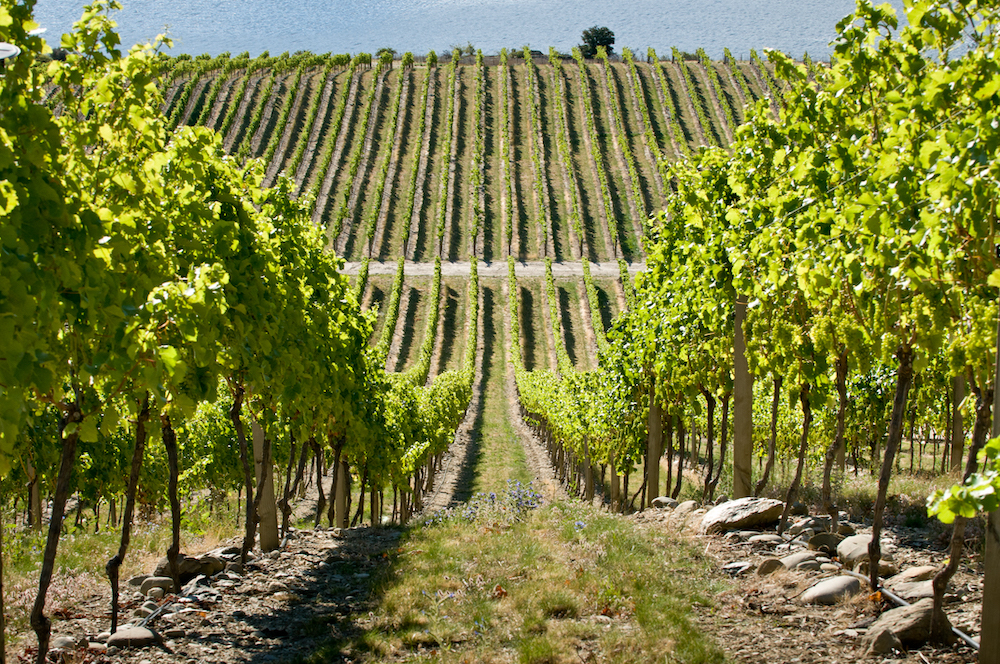
Credit: NZW Inc. Mishas Vineyard
The “T” word: Getting To Grips With One’s Tūrangawaewae
In discussions with innumerable New Zealand Pinot makers over the past couple of years, the concept of Tūrangawaewae inevitably pops up. Often used synonymously with the term terroir, or “sense of place”. Tūrangawaewae, or literally tūranga (standing place), waewae (feet), is often translated as “a place to stand”, and is one of the most well-known of Māori concepts, and one that is being applied with noticeable frequency as grapegrowers and winemakers establish a much greater sense and understanding of specific sites for sourcing fruit as the Pinot vines get some age on them, the carefully farmed soils become more dynamic, and the root systems grow ever stronger.
More importantly though, as Tūrangawaewae is one of the most revered of Māori terms, it actually refers to a place where one feels empowered, “the place to which we belong, just as it belongs to us”, giving it a deeply mystical significance. Embraced with respect, nay reverence, is this perhaps the X factor that Nicholas Brown was hinting at? It’s certainly nothing to be sniffed at, that’s for sure, as one can tie into this the more holistic philosophies of sustainability, stewardship, respect for the land, and the like, as well as the entire country’s bi-cultural nature.
Evolution Not AND Revolution
It’s obvious to even the casual observer of New Zealand Pinot Noir that standards are constantly being raised, and Brown, as well as many others, put this down to a unique sense of collaboration amongst the winemaking community here, with many workshops, symposiums, and conferences allowing them to share their collective experiences with the grape.
Rudi Bauer told me of his peer, Nick Mills, winemaker at Rippon, Central Otago, once observing (and I paraphrase) that the first two decades of Pinot Noir from New Zealand with their most enjoyable and beautiful fruit were charming, naive, exciting, and easy to love, like the efforts of enthusiastic young children learning to draw with crayons… and oh, how I have enjoyed so many of those kids’ drawings over the years.
Today, in 2021, many of those children have grown up and begun to master the fine art of oil painting, as some of them are getting REALLY bloody good at it. Those “Old Masters” back in Europe are in for some rather stiff competition.
Alice Rule also sees this confidence manifesting itself in a concerted move away from comparing every damn New Zealand Pinot Noir to those of France’s Burgundy. These wines are now promoted as being proudly regional (or sub-regional), and proudly Kiwi, with no more kowtowing to the “Old Guard”; and, in a way, through breaking free from these shackles of semantic submission, New Zealand Pinot Noir has, in three decades, truly come of age.
Here’s to the next thirty years.
My thanks to Alice Rule, Ruud Maasdam, Rudi Bauer, Nicholas Brown, and New Zealand Winegrowers (especially Melissa and Andrea) for their kind assistance with this piece.



